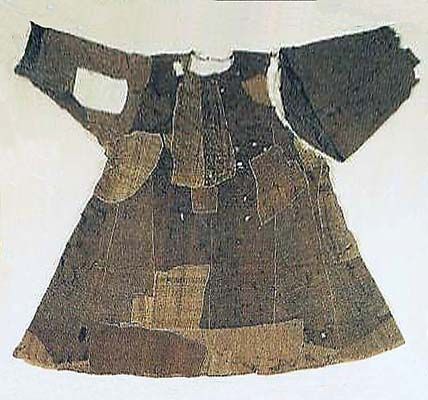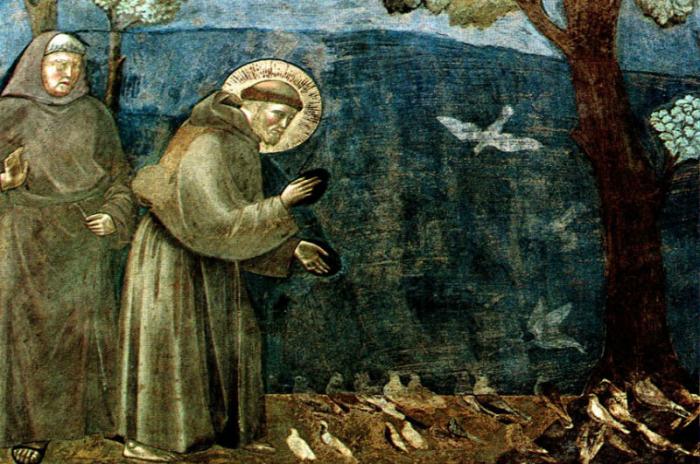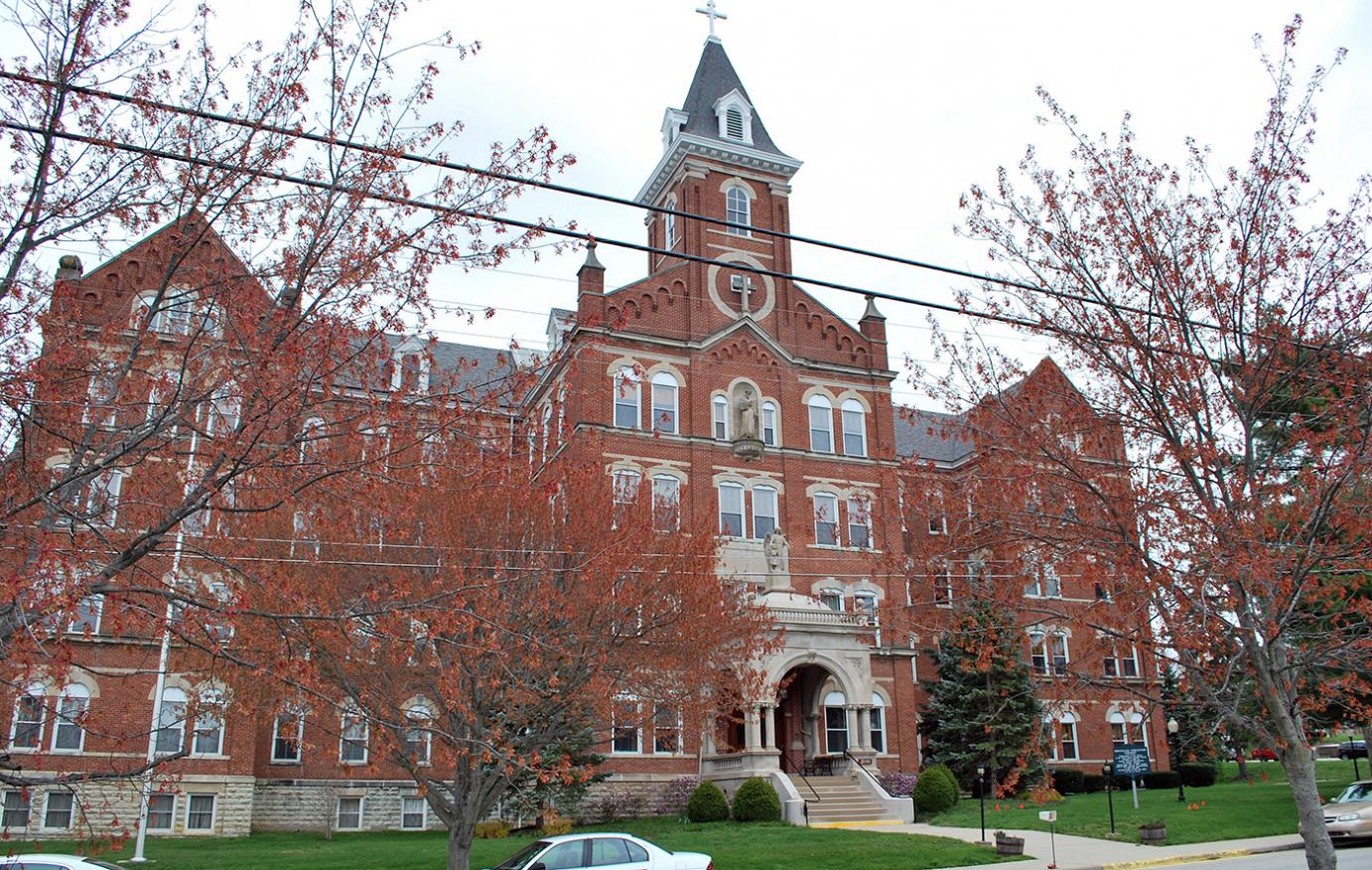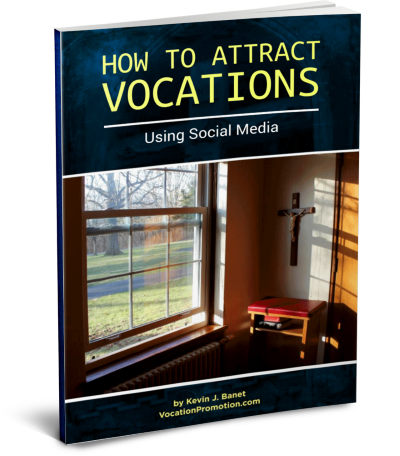I remember being shocked when seeing for the first time the tunic worn by St. Francis of Assisi, in Italy. It was a patchwork of rags – something that you would see only on a homeless man in the streets of a big city.
We all know that religious take vows of poverty, chastity and obedience. But how much poverty is right? In the western world, religious have generally risen in their standard of living along with the middle class. But how much should they rise?
The late Fr. Benedict Groeschel, CFR, spoke out against a very comfortable lifestyle that religious have adopted in recent years. He spoke disparagingly about the typical large motherhouse on a hill, and driving up in a big black car to arrive at the front door.
As a response to the growing secularism of religious in America, Fr. Groeschel, along with seven other Capuchin friars, started the Franciscan Friars of the Renewal in 1987. It has grown and has now spread to 13 countries.
At a recent IRL meeting, I met the Franciscan Friars Minor, based in Indiana. They not only wore habits -they were barefoot. They don’t own cars, and they beg for food. I was told by their superior that when it came to vocations, they didn’t need an advertising program. There were plenty of applicants.
Poverty in Vita Consecrata
In Vita Consecrata, Pope St. John Paul II said, “Poverty proclaims that God is man’s only real treasure.” (Vita Consecrata, N. 21)
I know that there are various academic arguments about the proper level of poverty among religious. I’m not sure where to draw the line myself. All I know is that among these communities, their material goods are scarce, but their zeal is great. That’s what’s attracting vocations.
It may be good for your community to reassess what is meant by the vow of poverty, and how you should live it.



